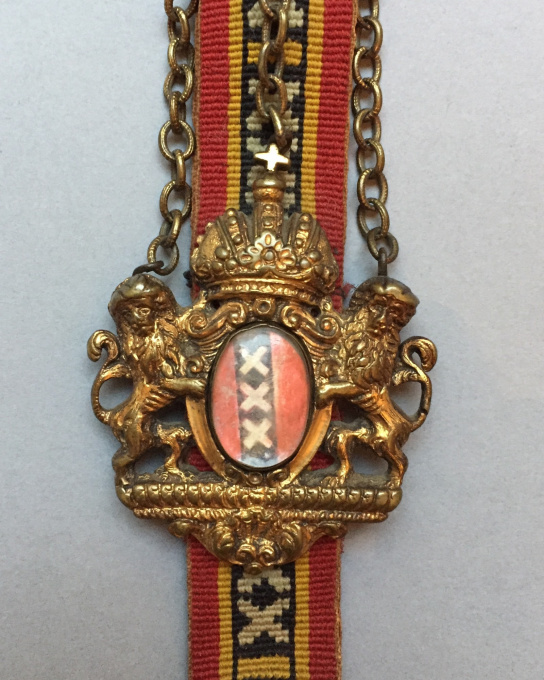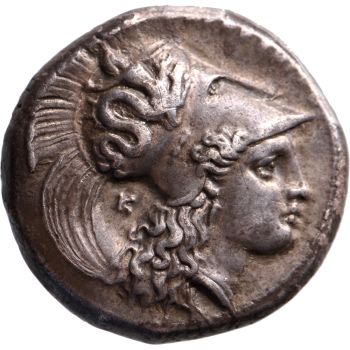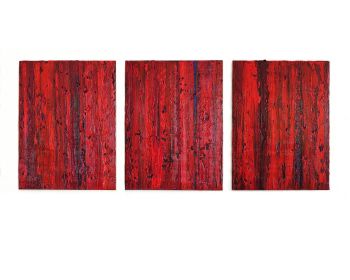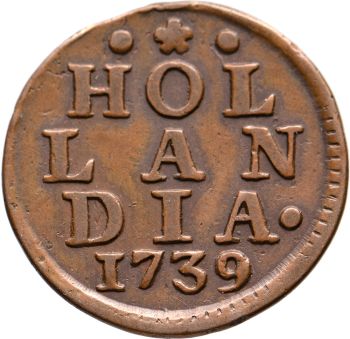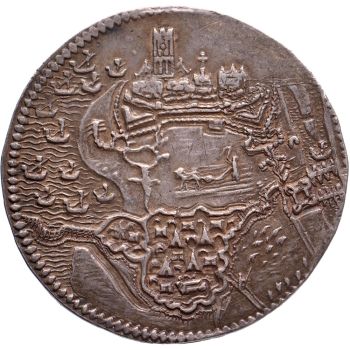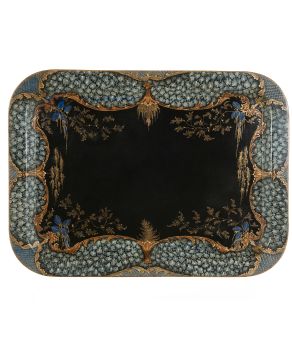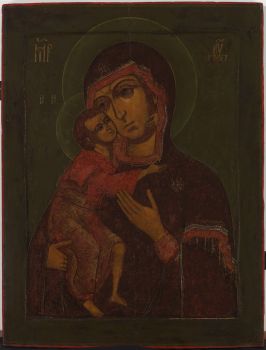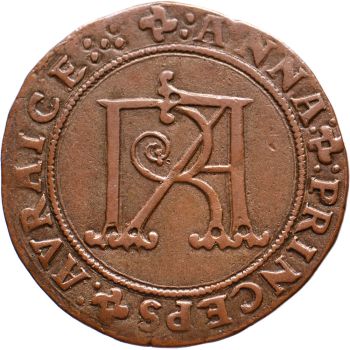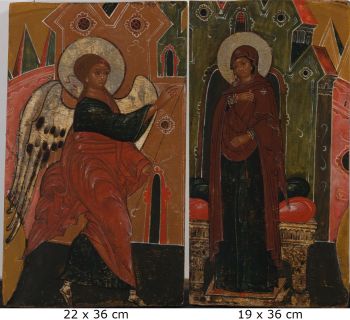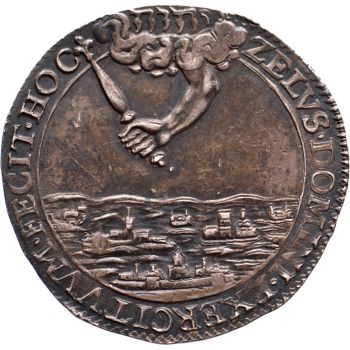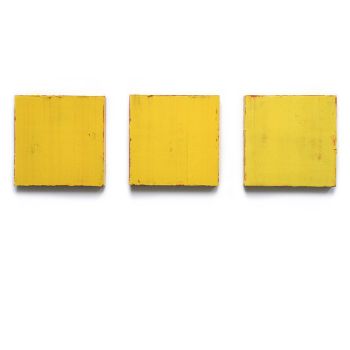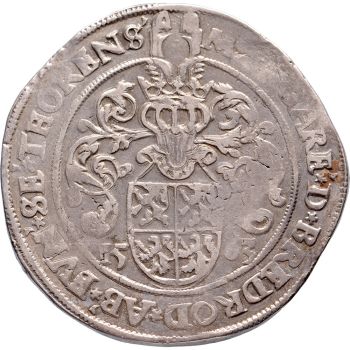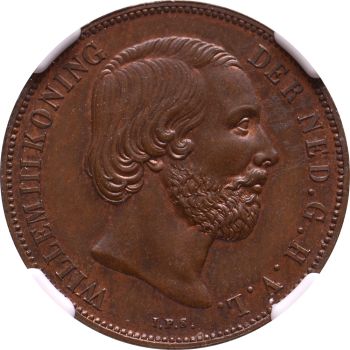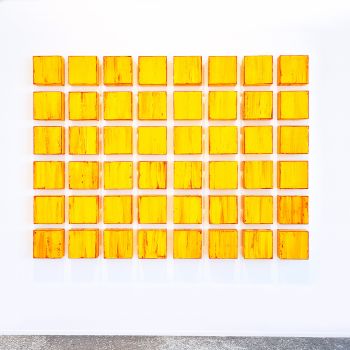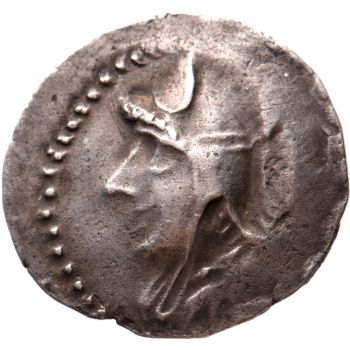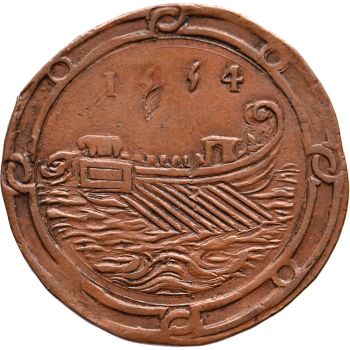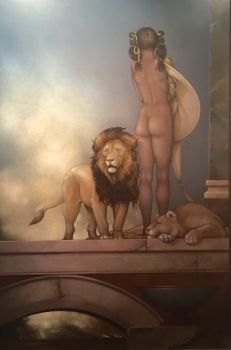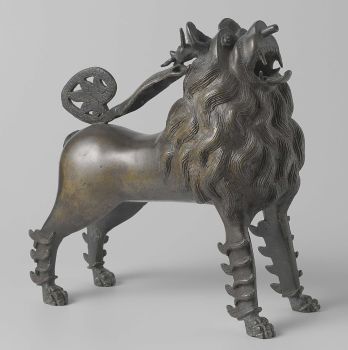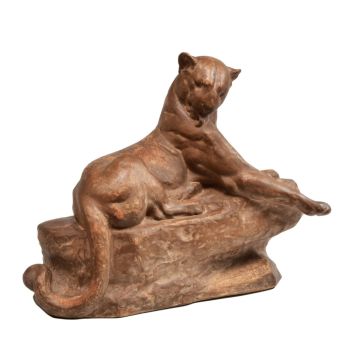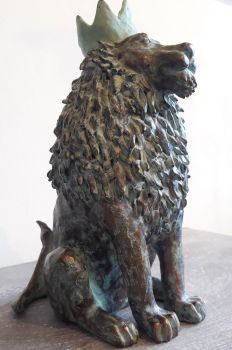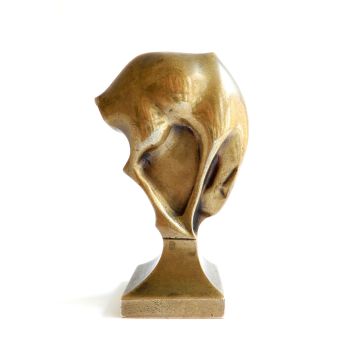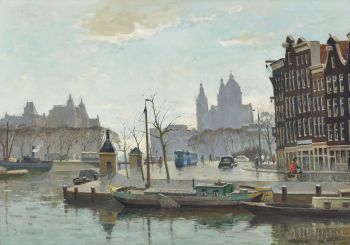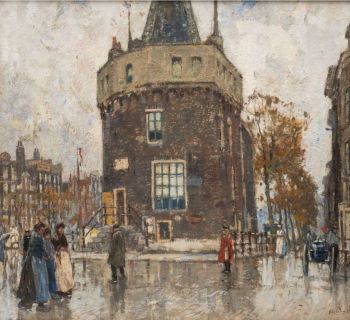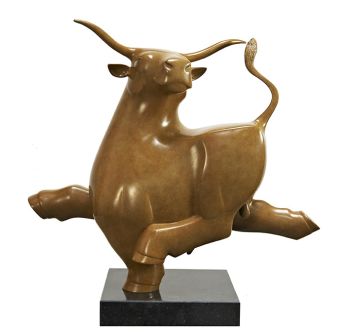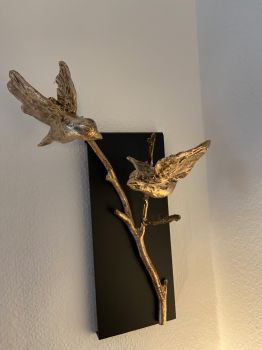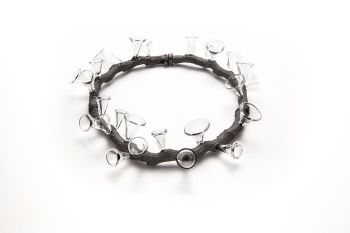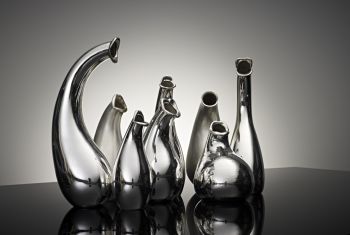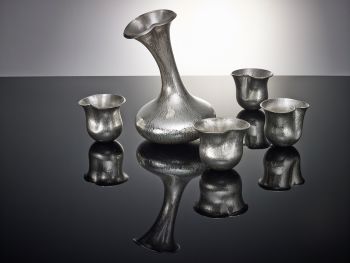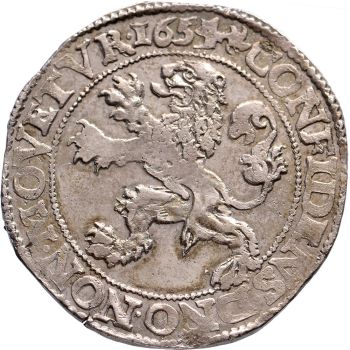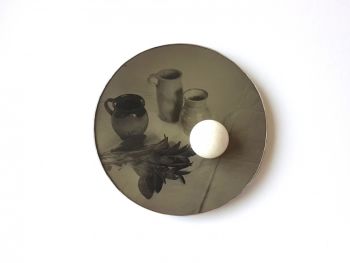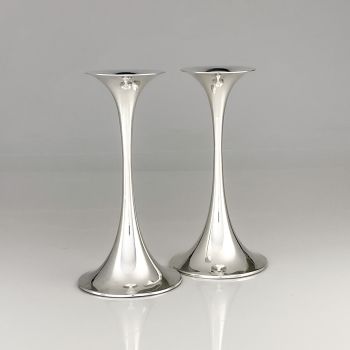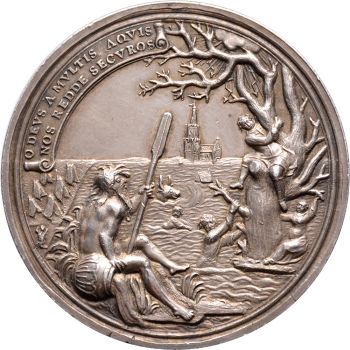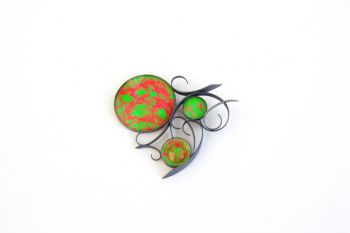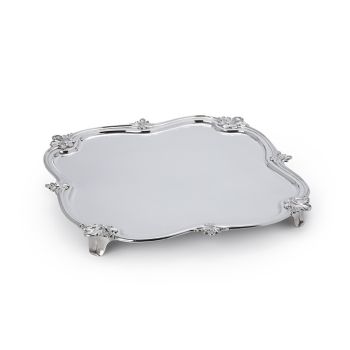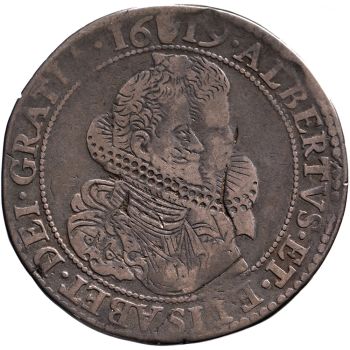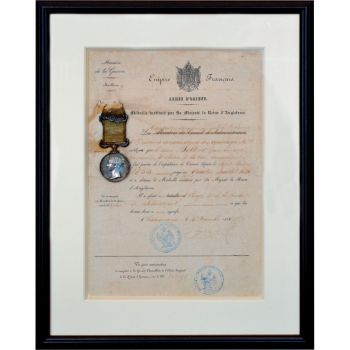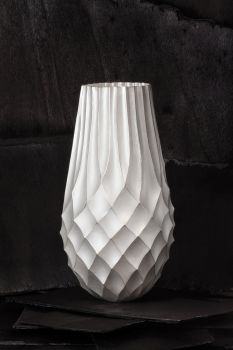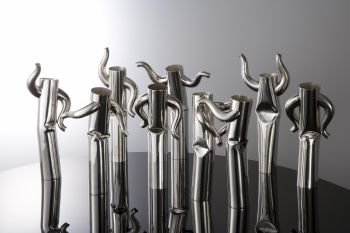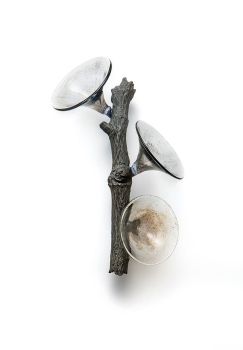Gilded copper Amsterdam ‘bodebus’. 1700 - 1750
Unknown artist
Silver
27 ⨯ 5.30 cm
ConditionGood
Currently unavailable via Gallerease
- About the artworkGilded copper Amsterdam ‘bodebus’.
A bodebus was a distinctive sign carried by messengers who were employed by government bodies as provinces, municipalities and water boards (bodies charged with managing water barriers, waterways, water levels, water quality and sewage treatment in their respective regions).
This bodebus is connected with three chains to a small oval plaque on which a koggeschip (cargo ship) is depicted. The bus itself consists of two standing lions with an Imperial Crown: between the lions we find the Amsterdam coat of arms behind a round piece of glass: a red shield with a black belt with three white St Andrew's crosses. One of the two buckles carries the mark IHS.
In the standard work on the bodebus "de bodebus in de Lage Landen" by M. Achterberg (1980-1985 edition) only one identical bus can be found, without mentioning its present owner. Achterberg dates that bodebus as early 18th century. There is no further similar Amsterdam bodebus to be found in literature or museums.
The Rijksmuseum Amsterdam owns one bodebus; this one, however, dates from the 16th century and is in silver. The history of the bodebus goes back to the Middle Ages. A bode (messengers), who had to convey messages, kept his documents in a bus attached to his belt. Later, a shield to those bodebus was added with the arms of the body which they represented. The bodebus changed during time from a real bus to an (often richly decorated) insignia worn by the messenger on his coat. The bodebus gave the messenger several privileges such as free use of transportation (coach or ship) or stay in an inn. - About the artist
It might happen that an artist or maker is unknown.
Some works are not to be determined by whom it is made or it is made by (a group of) craftsmen. Examples are statues from the Ancient Time, furniture, mirroirs, or signatures that are not clear or readible but as well some works are not signed at all.
As well you can find the following description:
•“Attributed to ….” In their opinion probably a work by the artist, at least in part
•“Studio of ….” or “Workshop of” In their opinion a work executed in the studio or workshop of the artist, possibly under his supervision
•“Circle of ….” In their opinion a work of the period of the artist showing his influence, closely associated with the artist but not necessarily his pupil
•“Style of ….” or “Follower of ….” In their opinion a work executed in the artist’s style but not necessarily by a pupil; may be contemporary or nearly contemporary
•“Manner of ….” In their opinion a work in the style of the artist but of a later date
•“After ….” In their opinion a copy (of any date) of a work of the artist
•“Signed…”, “Dated….” or “Inscribed” In their opinion the work has been signed/dated/inscribed by the artist. The addition of a question mark indicates an element of doubt
•"With signature ….”, “With date ….”, “With inscription….” or “Bears signature/date/inscription” in their opinion the signature/ date/ inscription has been added by someone other than the artist
Related artworks
- 1 - 4 / 12
- 1 - 4 / 24
- 1 - 4 / 24
Unknown artist
A GILT-SILVER SRI LANKAN DOCUMENT SCROLL CONTAINER 19th century
Price on requestZebregs & Röell - Fine Art - Antiques
1 - 4 / 24

